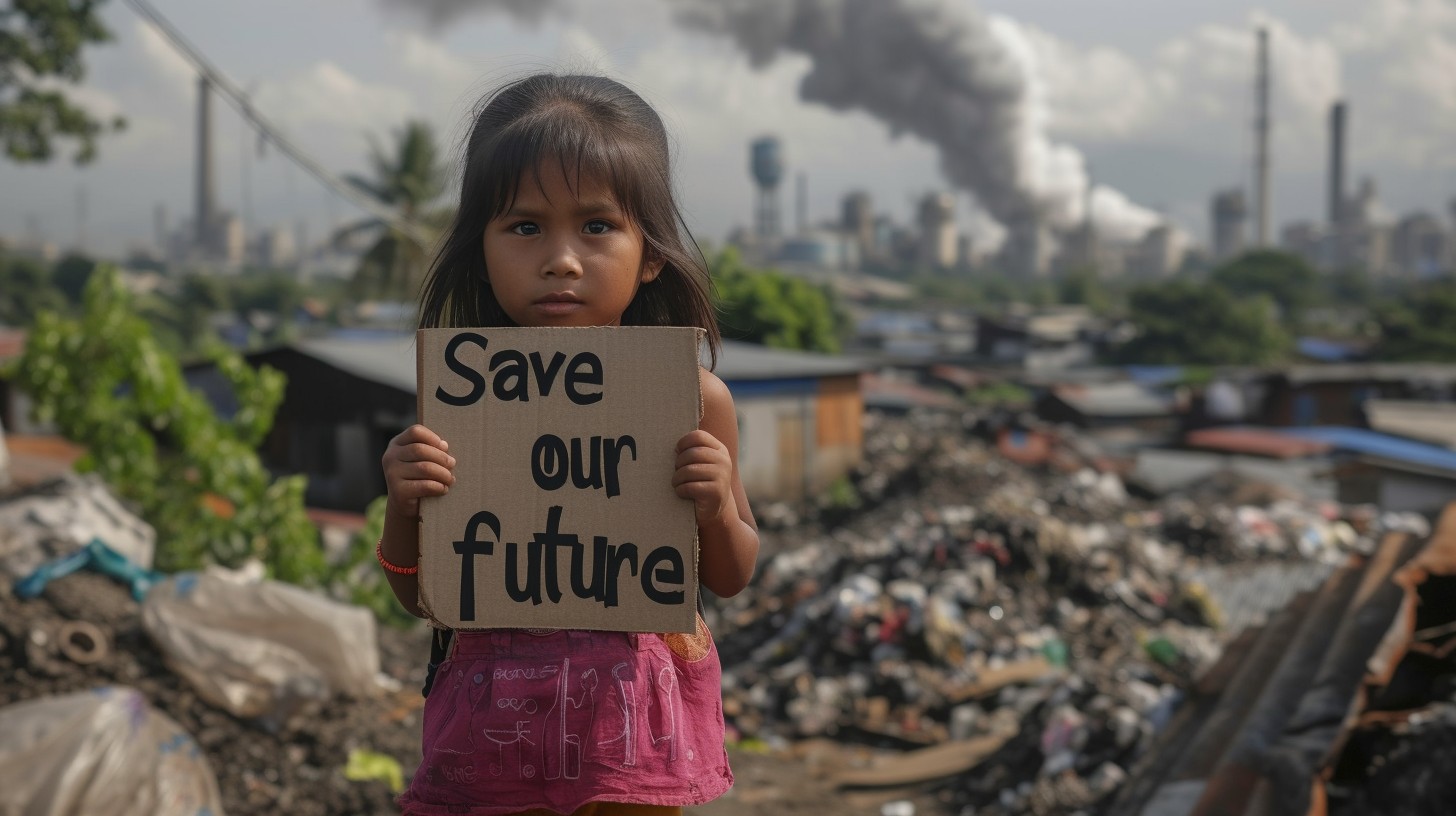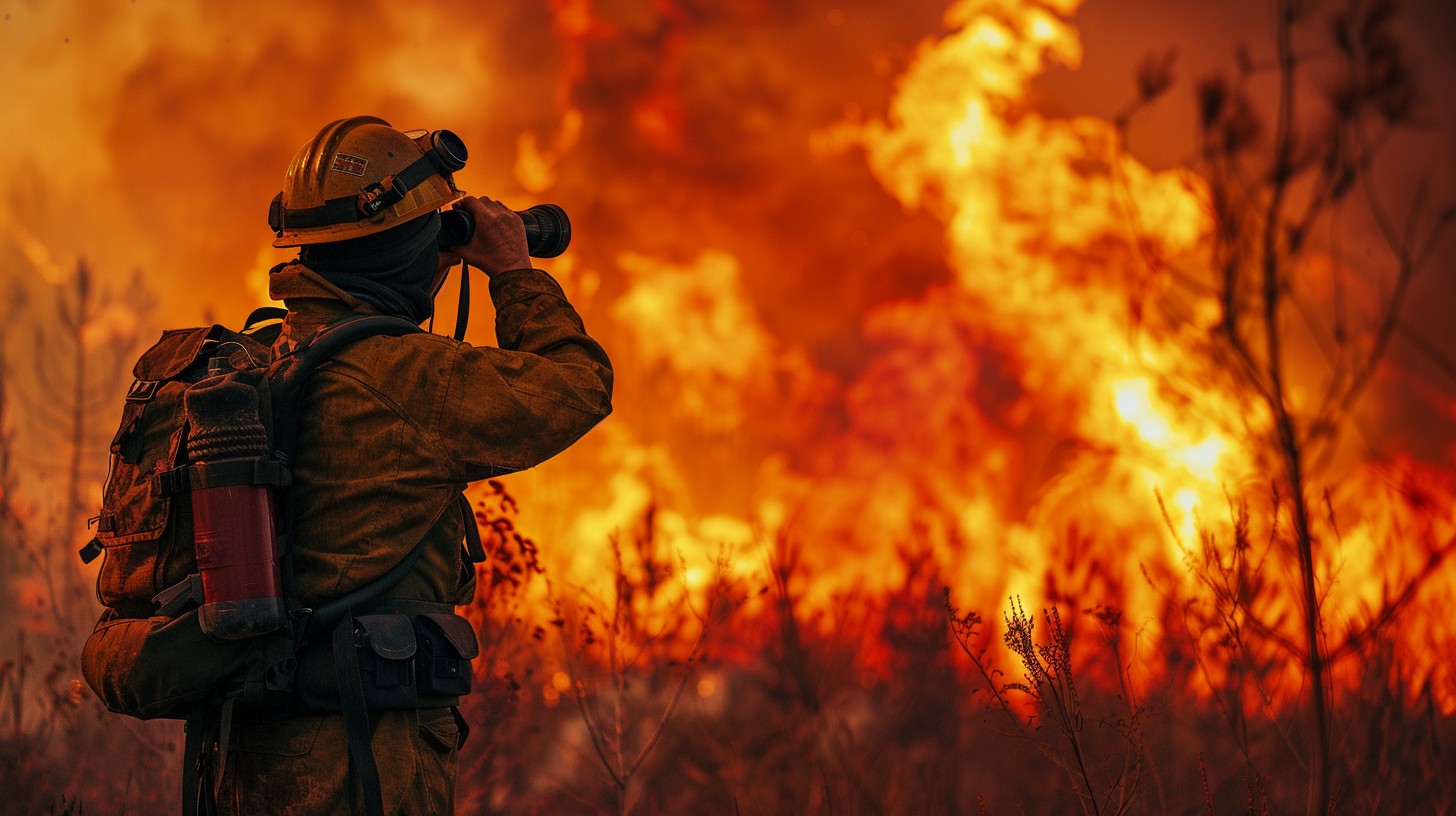Introduction
Heatwaves are prolonged periods of high temperatures that can have significant impacts on our health, environment, and economy. In this article, we will discuss the regions where heatwaves commonly occur, the risks they bring, and how to prepare for and stay safe during a heatwave.

Where Heatwaves Occur
Heatwaves typically occur in areas with hot and dry climates, such as deserts and semi-arid regions. These regions experience elevated temperatures and low humidity levels, making them prone to heatwaves. Additionally, regions with high humidity, like coastal and tropical areas, can also face heatwaves. The combination of high temperatures and humidity can make the heat feel more intense, increasing the risk of heat-related illnesses.

Risks Associated with Heatwaves
Heatwaves are a major threat to our health, environment, and economy. The risks associated with heatwaves are diverse and include poor air quality, which can exacerbate respiratory conditions and lead to serious health issues. Additionally, heatwaves can result in water shortages, increasing the likelihood of droughts and impacting agriculture and local ecosystems. The heightened temperatures during heatwaves also raise the risk of wildfires, posing a significant danger to communities and natural habitats. Moreover, the increased energy demands during heatwaves can strain power grids and lead to blackouts, further impacting the economy and daily life.

Poor Air Quality
Heatwaves can worsen air quality, leading to smog and air pollution. This can exacerbate respiratory conditions such as asthma and other breathing issues. The poor air quality can also make it challenging for people to breathe, especially those with pre-existing respiratory conditions.

Health Risks
During periods of intense heatwaves, individuals are at risk of developing a variety of heat-related illnesses, including heat exhaustion, heat cramps, heatstroke, and dehydration. It is of utmost importance to promptly and effectively address these conditions to mitigate the potential life-threatening consequences that may arise.

Water Shortages
During heatwaves, the occurrence of droughts is heightened, leading to a shortage of water resources. This can have a profound impact on our daily lives, as it restricts our ability to engage in basic activities such as taking showers, doing laundry, and watering crops, ultimately disrupting our routines and livelihoods.

Wildfires
During periods of dryness and high temperatures, the risk of wildfires becomes more pronounced. These destructive fires have the potential to cause widespread devastation, resulting in the loss of homes, livelihoods, and the delicate balance of ecosystems.

Energy Demands
When faced with hot conditions, the consumption of energy tends to rise significantly, placing a heavy burden on power grids. This heightened demand can lead to power outages and voltage fluctuations, posing challenges for us in terms of staying cool and comfortable in such circumstances.

Understanding Heatwaves
Heatwaves are caused by a combination of factors, including high-pressure systems, hot air masses, and the urban heat island effect. These factors converge to create an extended period of hot weather, leading to a heatwave.

Preparing for Heatwaves
While heatwaves can be dangerous, there are steps we can take to prepare for and stay safe during these events. Some ways to prepare for heatwaves include staying informed, staying hydrated, staying cool, and being prepared for emergencies.

Staying Informed
It is important to stay informed about the latest weather forecasts and heatwave warnings so that you can plan ahead and make necessary arrangements to stay safe during periods of extreme heat. By staying updated, you can take proactive steps to protect yourself and those around you from the potential risks associated with heatwaves.

Staying Hydrated
Ensuring your body stays well-hydrated is vital for maintaining good health. Be sure to drink plenty of water and other hydrating beverages to support proper hydration. It is recommended to avoid excessive alcohol and caffeine consumption, as they can have a dehydrating effect on your body, potentially leading to various health issues. Opt for water-rich foods and beverages to help maintain optimal hydration levels throughout the day.

Staying Cool
To protect yourself from the intense heat, it is advisable to remain indoors during the hottest part of the day. Ensure your home stays cool by closing curtains and blinds to block out the sun's rays. Additionally, make use of fans and air conditioning units to create a pleasant and comfortable indoor environment.

Emergency Preparedness
Being prepared for unexpected emergencies is essential, and having a comprehensive plan in place is key to effectively managing such situations. Make sure to have a well-equipped first aid kit readily available, a battery-operated radio for communication purposes, and a thorough evacuation plan that outlines the necessary steps to ensure the safety and well-being of everyone involved.

Conclusion
Heatwaves are prolonged periods of high temperatures that can have significant impacts on our health, environment, and economy. By understanding where heatwaves commonly occur, the risks they bring, and how to prepare for and stay safe during a heatwave, we can mitigate the effects of these events. Remember to stay informed, hydrated, cool, and prepared to ensure your safety during a heatwave.
Heatwave Havoc: Understanding the Risks and Impacts on Health, Environment, and Economy in High-Risk Regions